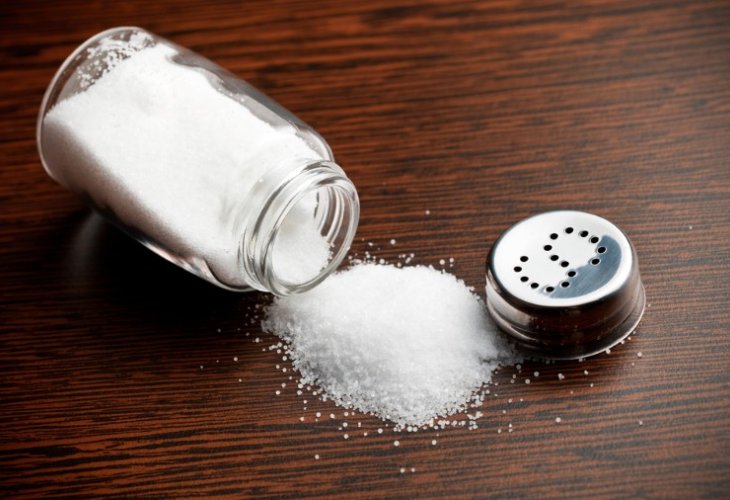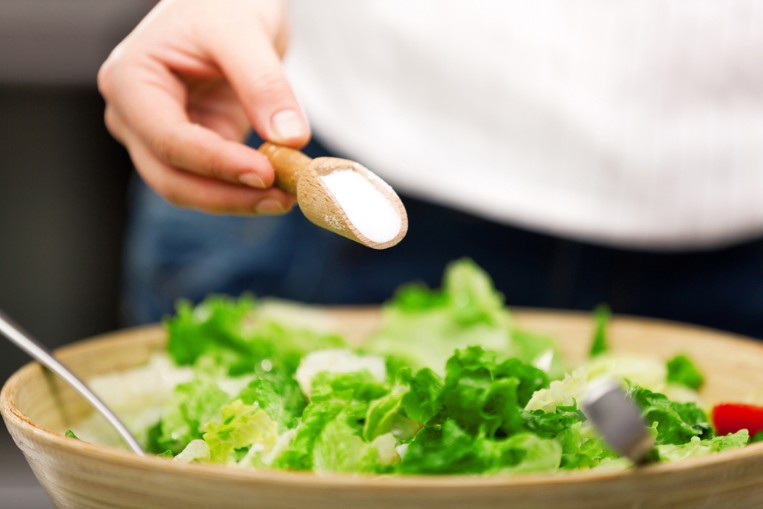Jewish Law
The Hidden Secrets of Salt: How It’s Made and What Jewish Law Says About It
How Israel’s salt is produced through solar evaporation, the fascinating Talmudic roots of salt-making, and the halachic questions it raises
 (Photo: shutterstock)
(Photo: shutterstock)After exploring the hidden secrets of sugar, it’s time to turn our attention to its sharp, white counterpart — salt, the most familiar and yet mysterious mineral on our tables. Though it seems simple, salt production hides fascinating scientific and halachic details. Here’s a closer look at how salt is made and the questions it raises in Jewish law.
How Salt Is Produced
Around the world, there are three main methods of salt production. In Israel, however, the most common is the solar method, which uses the power of the sun to evaporate seawater — a natural, eco-friendly process.
Interestingly, salt is not made from the Dead Sea, even though those waters contain about 38% salinity. Dead Sea water is also rich in manganese and magnesium chloride, making it oily, bitter, and unsuitable for consumption. Instead, most of the salt in Israel comes from the “Melach HaAretz” plants in Eilat (using Red Sea water year-round) and in Atlit (using Mediterranean water during the hot, dry season).
The method is ancient — even mentioned in the Talmud (Shabbat 73b): “One who gathers salt from salt pits... gathers salt from evaporated seawater that the sun dries and turns into salt.” (Rashi)
 (Photo: shutterstock)
(Photo: shutterstock)From Sea to Table: The Process
Seawater is drawn from deep, clean areas and directed into a series of shallow evaporation pools — from about 40 cm deep down to 20 cm. As the sun and wind evaporate the water, the salt concentration rises from 4% to 24%, at which point the brine is moved to other pools to crystallize.
When the salt begins to form, it’s carefully harvested using special equipment and piled in huge, snow-like mounds. It’s then washed several times with concentrated saltwater to remove impurities like sand, gypsum, and magnesium. After this, it’s dried in giant centrifuge drums, spinning much like a washing machine, until it reaches 99.8% purity.
Up to this stage, there are no kashrut concerns.
Is Salt “Cooked”?
After the second drying phase, halachic questions arise. The salt still contains about 3% moisture, which makes it slightly damp. To prepare it for packaging, it undergoes a heat-drying process: it passes through a chamber heated by oil pipes at 250°C (482°F), with hot air blowers raising the salt’s internal temperature to around 120°C (248°F), before being cooled to 50°C (122°F).
Here’s where things get interesting.
Since the salt is technically edible before this stage, there’s no concern of bishul akum (cooking by a non-Jew).
Is this heating process considered “cooking”? If yes, then on Shabbat one may reheat it freely, as “cooked salt” cannot be “re-cooked.” If the process counts only as “roasting” or “drying”, then different halachic opinions apply.
The debate hinges on whether the small amount of moisture in the salt counts as enough to consider it “wet.” Observing the process — where salt particles tumble through hot air, one might conclude it’s simply drying, but not true “baking” or “cooking.”
 (Photo: shutterstock)
(Photo: shutterstock)Not All Salt Is the Same
It’s important to note that this type of salt is not “refined salt” mentioned by halachic authorities, as its production method is entirely different. Its kashrut considerations also differ from the Sodom salt used in ancient times, which underwent a distinct purification process.
Salt, humble as it seems, carries layers of physical, chemical, and halachic complexity — a mineral both simple and profound, connecting the seas, the sun, and centuries of Jewish discussion.

